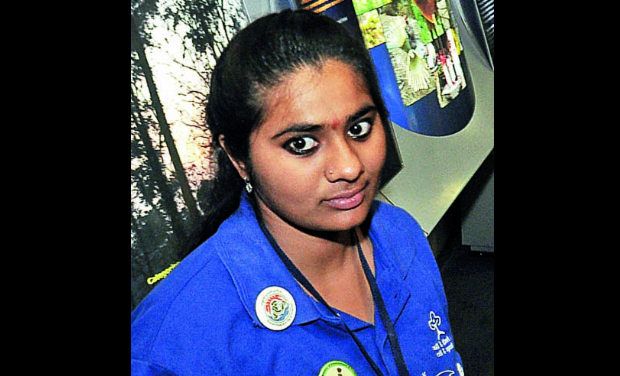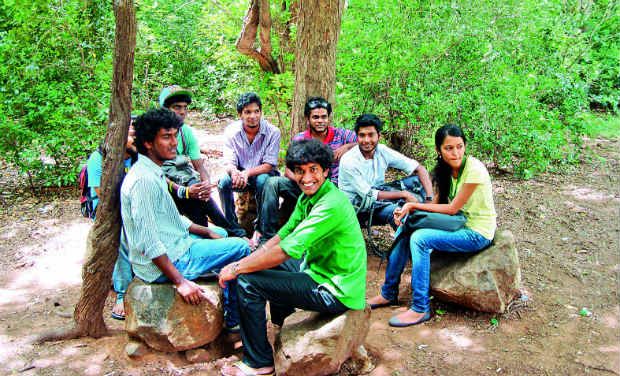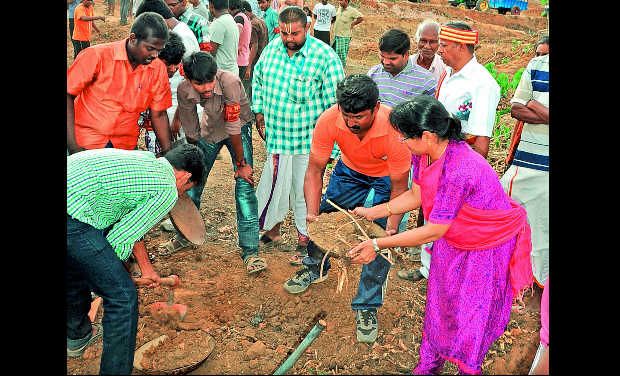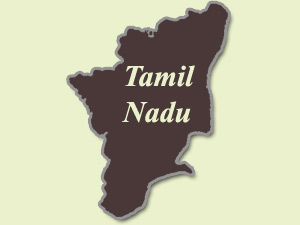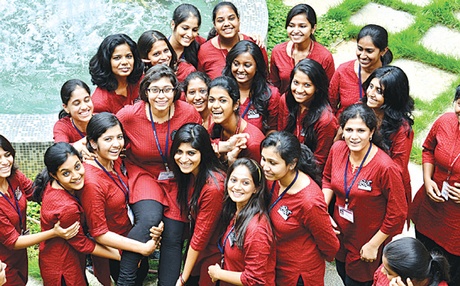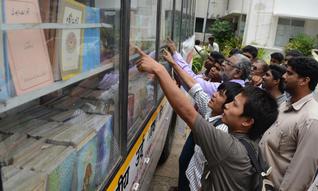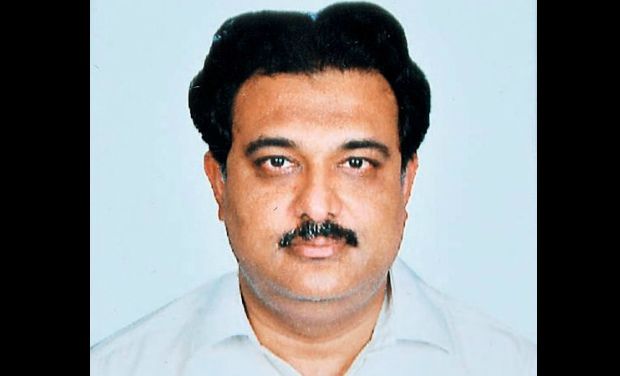
Coimbatore:
Unlike most other social workers who have chosen to do service for a living, this 42-year-old orthopaedic surgeon has come to the limelight in Coimbatore doing surgeries free for patients living below the poverty line.
Dr S. Karthik, who is inspired by Vivekananda’s books and quotes, decided to operate on poor patients for free and also educates them through his guidance. He said since he was born and brought up in Coimbatore, he has often visited Ramakrishna Mission in Periyanaickenpalayam to attend seminars to know about Vivekananda’s life history and principles.
A native of Palladam, he now resides along with his family at Ram Nagar residential area. Dr Karthik conducts free medical camp and provides free treatment for residents of the rural area through an organisation called ‘Nesam’.
In the camp, Dr Karthik with the help of a few other doctors, performs free health check-up for sugar, blood pressure and other medical conditions. Recently, they conducted camps at Kothagiri, Kethanur and Bharathi colony. Apart from this, Dr Karthik is also operating on poor children free of cost using Rotary funding.
Speaking to DC, Dr Karthik said he studied in the United Kingdom and had done his fellowship in Australia and New Zealand before returning to Coimbatore. “My aim is to provide the best preventive healthcare to the villages and the poor,” he asserted.
Besides running free camps, Nesam has done surgeries for many labourers injured in road accidents and other industrial mishaps. To make the free service better, Dr Karthik joined a team of doctors in Coimbatore, including Dr R.P. Dharmendra , Dr Bala Senthil Kumaran, Dr Jayanthi, Dr Raghu, Dr Usha and Dr Karthikeyan all of whom specialise in various fields.
Dr Karthik is also looking to extend his preventive healthcare awareness mission to schools in villages where stress levels are at an all-time high.
source: http://www.deccanchronicle.com / Deccan Chronicle / Home> News> Current Affairs / by DC / V. Palaniappan / July 29th, 2013
